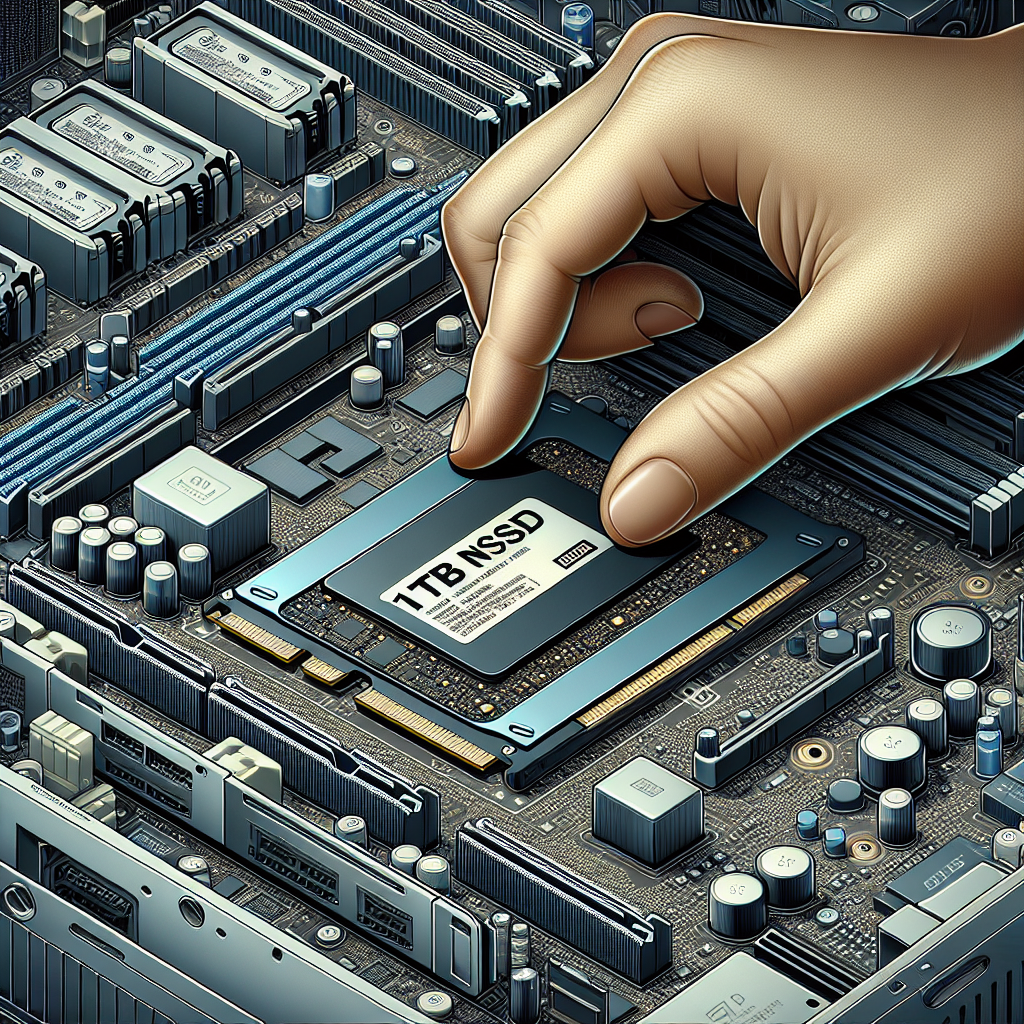Fix today. Protect forever.
Secure your devices with the #1 malware removal and protection software
Solid State Drives (SSDs) have become increasingly popular in recent years due to their faster speeds and reliability compared to traditional hard drives. One type of SSD that has gained a lot of attention is the NVMe SSD, which offers even faster speeds and improved performance. If you have recently purchased a 1TB NVMe SSD and are looking to install and optimize it in your computer, here is a step-by-step guide to help you get started.
Step 1: Gather Your Materials
Before you begin the installation process, make sure you have all the necessary materials on hand. You will need the following:
– Your 1TB NVMe SSD
– A compatible NVMe SSD slot on your motherboard
– A screwdriver
– An anti-static wrist strap (optional but recommended)
– A USB drive with your operating system installation files (if you are planning to install a fresh copy of your operating system on the new SSD)
Step 2: Shut Down Your Computer
Before you start working on your computer, make sure to shut it down completely and disconnect all power sources.
Step 3: Open Your Computer Case
Use your screwdriver to open your computer case and locate the NVMe SSD slot on your motherboard. It is typically located near the CPU socket or next to the RAM slots.
Step 4: Install the NVMe SSD
Carefully insert the NVMe SSD into the slot at a 45-degree angle and gently press it down until it is fully seated. Secure the SSD in place with the screw provided with your motherboard.
Step 5: Close Your Computer Case
Once the NVMe SSD is securely installed, close your computer case and reconnect all power sources.
Step 6: Boot Up Your Computer
Turn on your computer and enter the BIOS settings to make sure the NVMe SSD is recognized by your system. You may need to enable the NVMe SSD in the BIOS settings if it is not automatically detected.
Step 7: Optimize Your NVMe SSD
To optimize your new 1TB NVMe SSD for better performance, you can follow these steps:
– Update the firmware of your NVMe SSD to the latest version
– Enable TRIM support in your operating system to improve SSD longevity
– Disable disk defragmentation for your NVMe SSD as it is not necessary for SSDs
– Enable AHCI mode in your BIOS settings for better SSD performance
– Adjust your power settings to prevent your computer from putting your NVMe SSD to sleep
By following these steps, you can successfully install and optimize your 1TB NVMe SSD in your computer for improved performance and faster speeds. Enjoy the benefits of faster boot times, quicker file transfers, and overall better system responsiveness with your new NVMe SSD.
Fix today. Protect forever.
Secure your devices with the #1 malware removal and protection software

Leave a Reply
You must be logged in to post a comment.